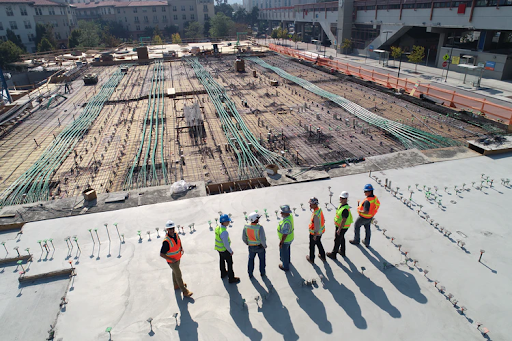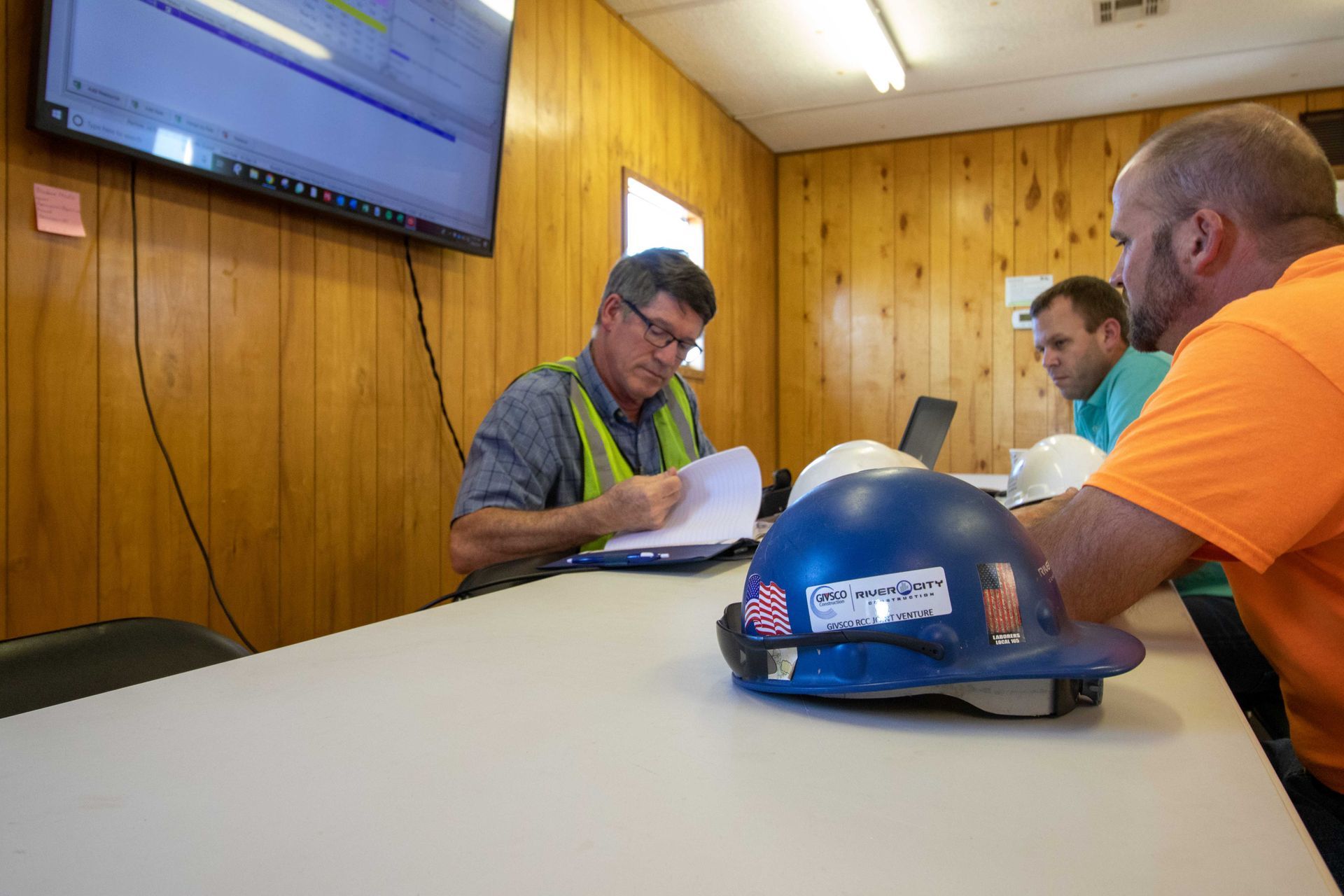Leadership In Construction
The most successful construction firms not only recruit the top talent, they also foster upward mobility from within. When a construction consulting company works to build leadership, the result is a company culture that shows clear appreciation for employees — and tends to be more successful overall. Tap into these strategies to help boost the leadership skills of your team members.
Both managers and leaders are integral parts of every construction project, but there are key distinctions between the two. While a leader invents, a manager organizes. A leader encourages, a manager controls. A leader asks why, a manager asks when. Knowing these distinctions is key to creating a foundation on which to build a culture that builds leadership.
Harvard Business Review has this to say about the differences between managers and leaders:
“Management consists of controlling a group or a set of entities to accomplish a goal. Leadership refers to an individual’s ability to influence, motivate, and enable others to contribute toward organizational success. Influence and inspiration separate leaders from managers, not power and control.”

Once you determine whether you’re acting as a leader or a manager, it’s time to find your leadership style. While there are several types, only a handful are truly effective in the construction industry.
- Coaching leadership: This style builds up teams, motivates members, and connects minds. It’s one of the more underutilized styles because it is time and energy-intensive, but it’s also one of the best styles to use in the workplace.
- Pacesetting leadership: Because this style is great for fast-paced environments, it’s ideal for the construction industry. Pacesetters set clear, definitive, high goals and hold their employees accountable for meeting and exceeding them.
- Servant leadership: Servant leaders encourage collaboration, cultivate trust, improve productivity, and motivate future leaders; all of these go a long way toward helping team members grow and thrive professionally and personally.
Just as there are leadership styles that lend themselves to the construction industry, there are also those that don’t translate well on job sites. For example, laissez-faire leaders with a hands-off approach leave too much margin for error in construction.
Regardless of which leadership style best fits you, work hard to avoid micromanaging. There’s no question that employees should be accountable, leaders walk a fine line when aiming to deliver constructive feedback. When you center your leadership around being a perfectionist, it will become much more difficult to delegate tasks to team members.
A good way to stay on top of progress without micromanaging is to hold regular team meetings with your construction crew to discuss their progress instead of identifying mistakes or missteps, which will happen. Give employees space to perform their job duties and don’t think that you have to do everything yourself for it to be done correctly.

Another way to avoid micromanaging is by implementing project scheduling best practices. Using the critical path method and scheduling software helps keep everyone on the same page, offers transparency, and gives employees a better understanding of the job role to support accountability. When leaders buy into investing in these tools and encourage implementation, there’s a trickle-down effect that leads to company-wide adoption.
Consider pairing up new leaders with those who have longevity within your construction company. Mentors can be a valuable asset in helping mentees face new challenges as they get a feel for their role. This relationship can also boost the confidence of emerging leaders as it promotes valuable on-the-job feedback, and push them out of the box to learn new and valuable leadership skills.
The best leaders also know when it’s time to ask for outside help. For construction companies, this means partnering with a team of professionals that have extensive knowledge in planning and scheduling projects. Outsourcing some of these tasks leaves leaders open to the high-value work that helps the company’s organizational growth.
When employees have leaders that inspire them to believe in what they do and the construction company they work for, those employees stay safer, more productive, and loyal to their employers.
Reach out to us to learn more about some of the top construction industry leaders and choose us to help with planning and scheduling. When you work with our team you can create a culture that builds leaders, closes the industry skill gap, and makes your organization stand out from the competition.







